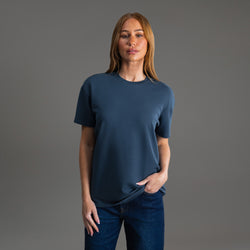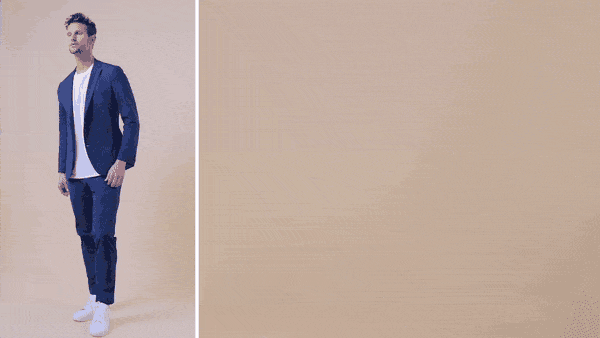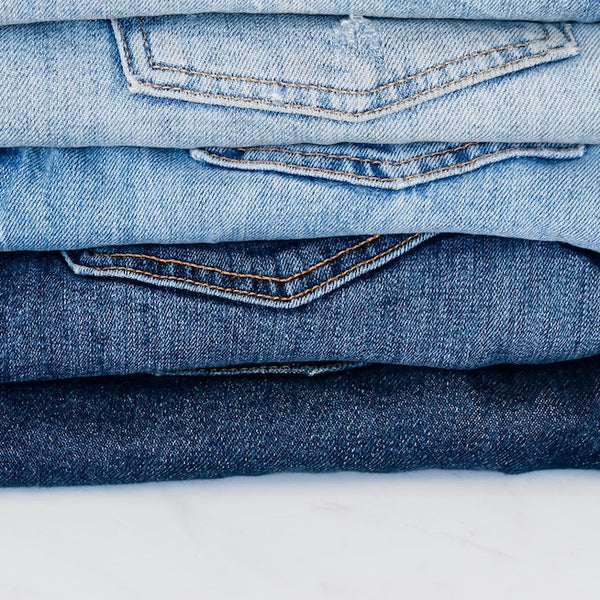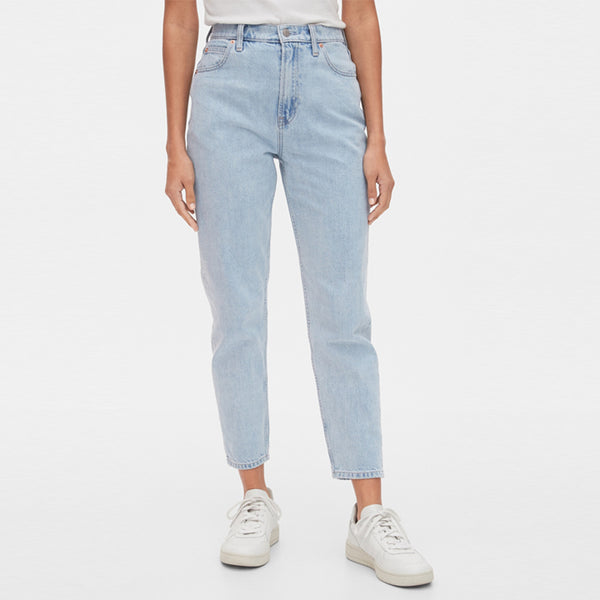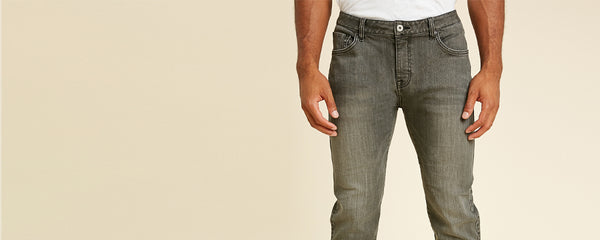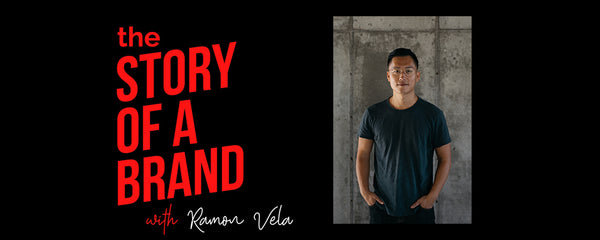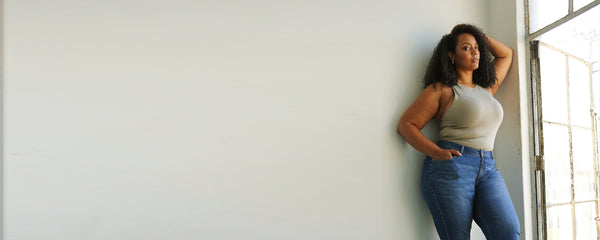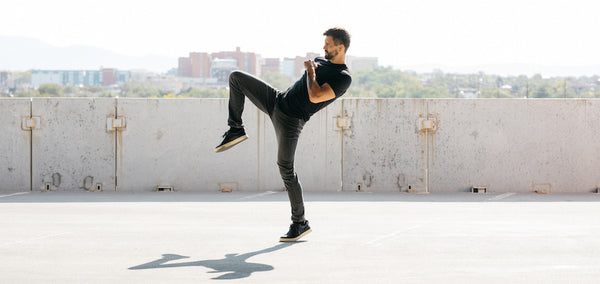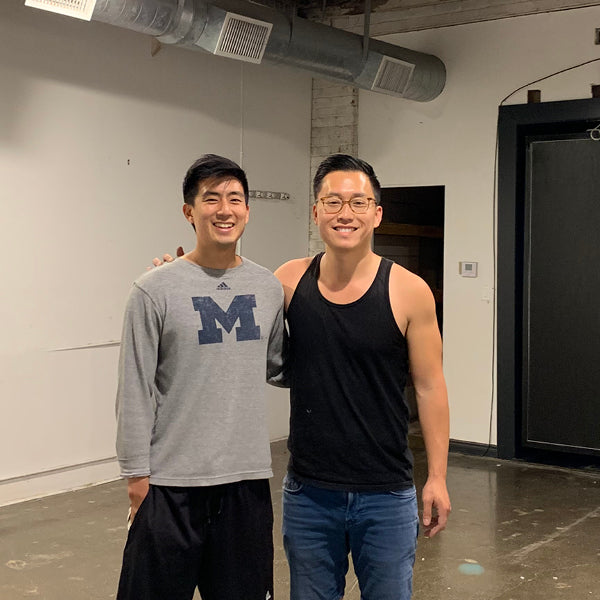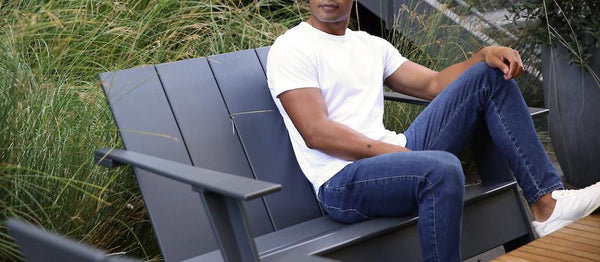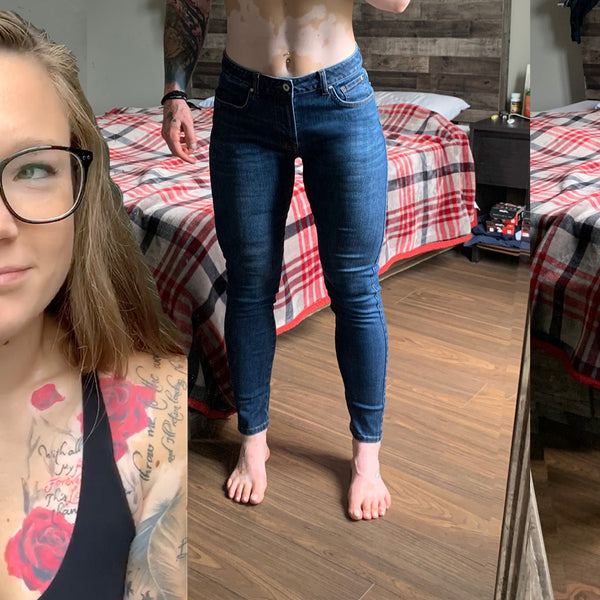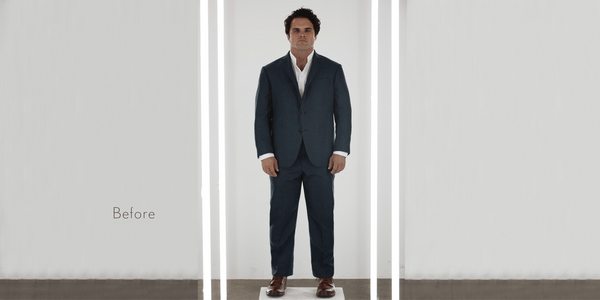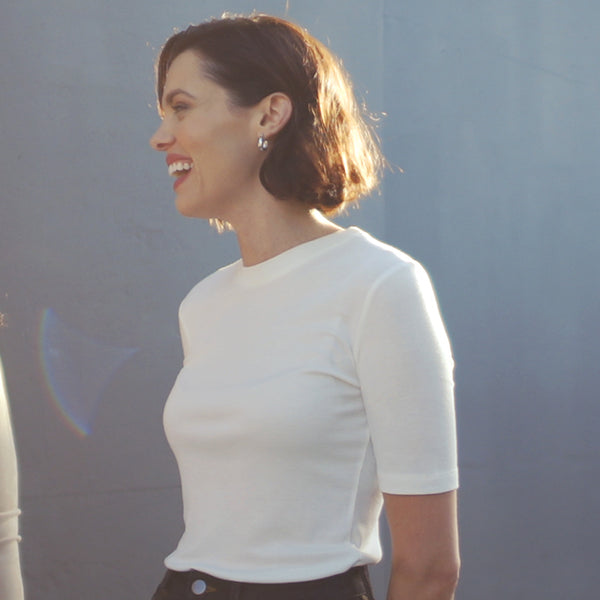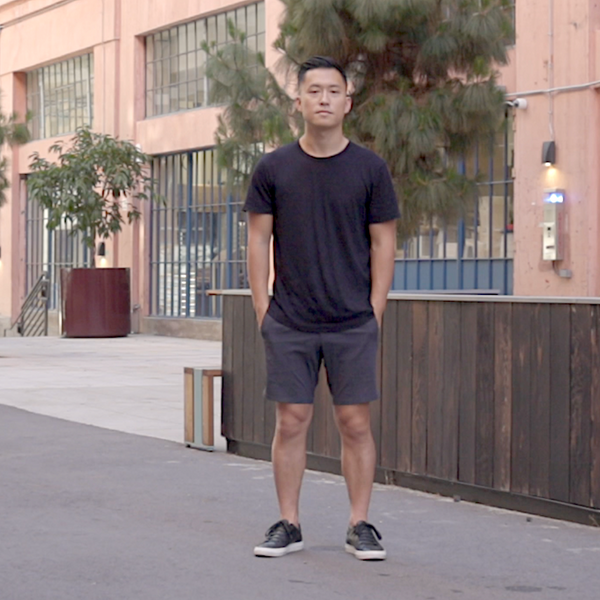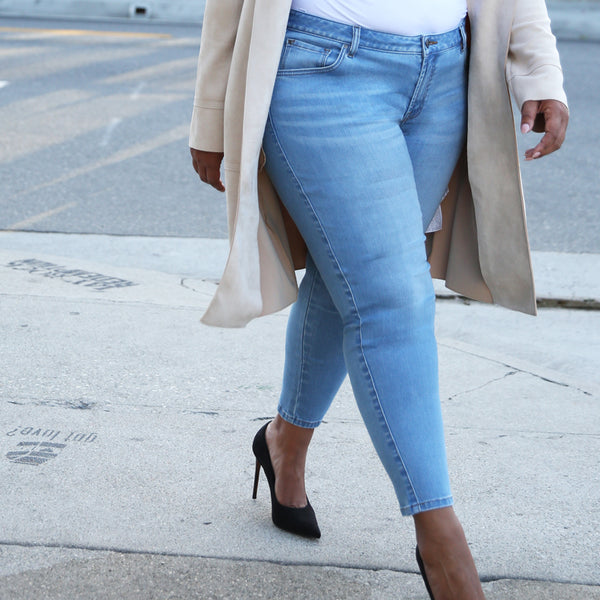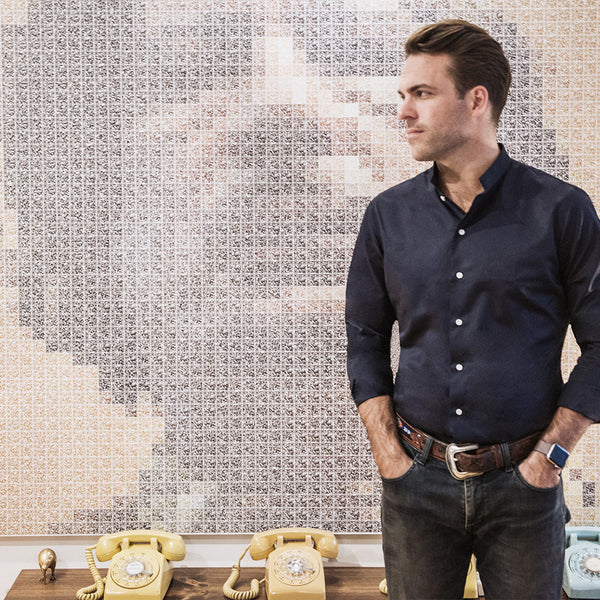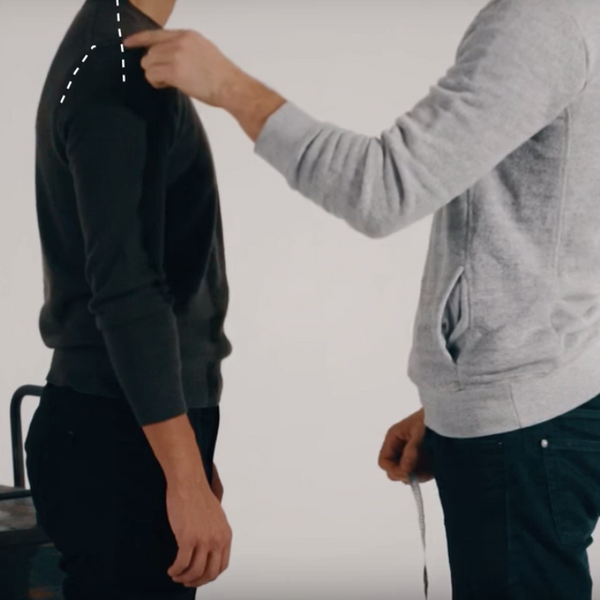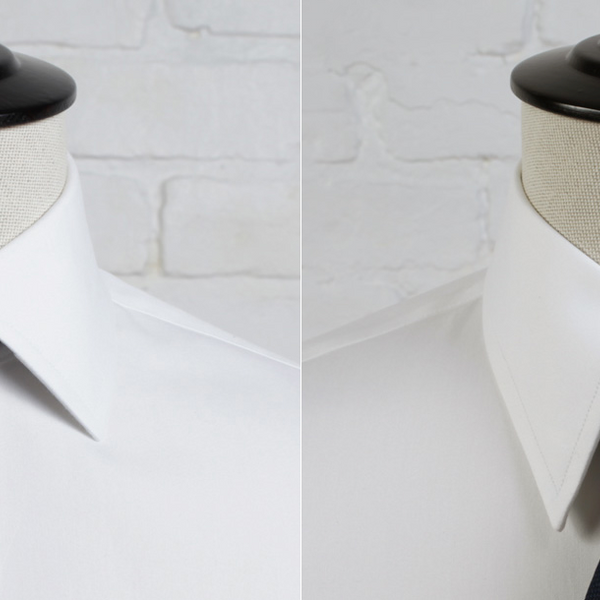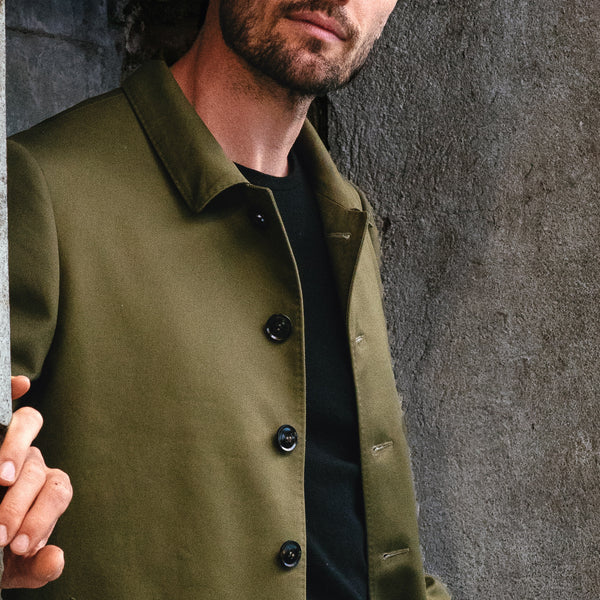What Everyone Is Missing About Sustainable Fashion
You spend almost all of your existence wearing clothes. Unless you live in an experimental tribe, it’s part of both the trivial and the important parts of your life - going to work, presenting at an event, getting married, having a drink at the bar, etc.
Yet we significantly undervalue the place of clothing in our society.
Why We Don’t Invest In Clothing Anymore
Since the mid-90’s, clothing as a percentage of personal spending has been on a dramatic decline. Many attribute this to people investing in experiences instead of objects, but that simply isn’t true since there’s massive uptick in buying for the categories of bags, accessories and beauty. It is more specific to how we view clothing now.
There is a pervasive idea that a savvy shopper may splurge on a nice meal experience but why spend on a $200+ pair of pants when you can get a $19 pair of chinos from H&M?
This sentiment is the new normal, fueled by the exploitation of workers and usage of cheap harmful fabrics. Elizabeth Suzann, an incredible women’s brand based out of Nashville, put it well: “Nobody invented a magical, cheaper way to make clothing, and fabric didn’t drop in price... When we see a pair of $240 pants, we aren’t comparing them to the $100 pants from the early 90s, we are comparing them to the $10 pants of 2016.”
We won’t cover this in detail, since documentaries like the True Cost Of Fashion do a great job. But there’s a clear idea that the fashion industry is fundamentally broken. This is the more obvious truth that people combat.
Traditional Eco-Fashion Is Not Enough
According to some estimates, the clothing industry creates five billion dollars of waste each year. That is simply insane.
The ready-to-wear industry has no way to escape this. Collections are designed 9-12 months in advance, with multiple colorways for each style, and for each color, there is a size run. This size run must be manufactured well in advance so that once the collection launches, all this inventory must be sitting in a warehouse ready to be shipped.
There is no way to accurately predict what styles and units will sell. So at the end of each season, brands are stuck with a ton of inventory that they need to move. What they can’t sell off with sales, they may unload on sites like Gilt or stores like TJ Maxx. And many times, it will end up on a dumpster or a landfill. Some are nice enough to donate it.
While we are hearty proponents of the move toward eco-friendly products and production methods that promote less water and energy consumption, this does not fundamentally solving the massive problem of hundreds of thousands of units entering the world that eventually have no home. We need massive action. We need to solve the problem at its source - when and why it’s created.
Rethink The Supply Chain
We believe the only solution is to only make clothing when there is someone to wear it and love it. Yes, it will be more expensive than a cheap standard size item made in a massive batch somewhere. Yes, it will take more time than having it shipped directly from a warehouse.
At Sene, we design collections and then we personalize the fit for the customer. You try on clothes from the collection and we guide you in determining what adjustments you need. That digital fit is saved to your profile and then used to cut your new Sene clothes from scratch to fit.
We must re-learn to think of quality clothing as an investment - not just because it’s better for the world, but also at the end of the day, you just look better when it was made for you.
How you buy, and how you encourage your friends to buy, actually has the power to change the world. Buying clothing doesn’t have to be about consumerism, it can be about providing ethical work and pride for makers, and contributing to a world that’s actually more sustainable.
At Sene, we are four years into this journey. We’ve learned a lot along the way because we are creating a new way to shop - shifting behavior and promoting a new way to think. But ultimately, it’s because you are co-creating clothing with us. Thank you for being a part of this.



